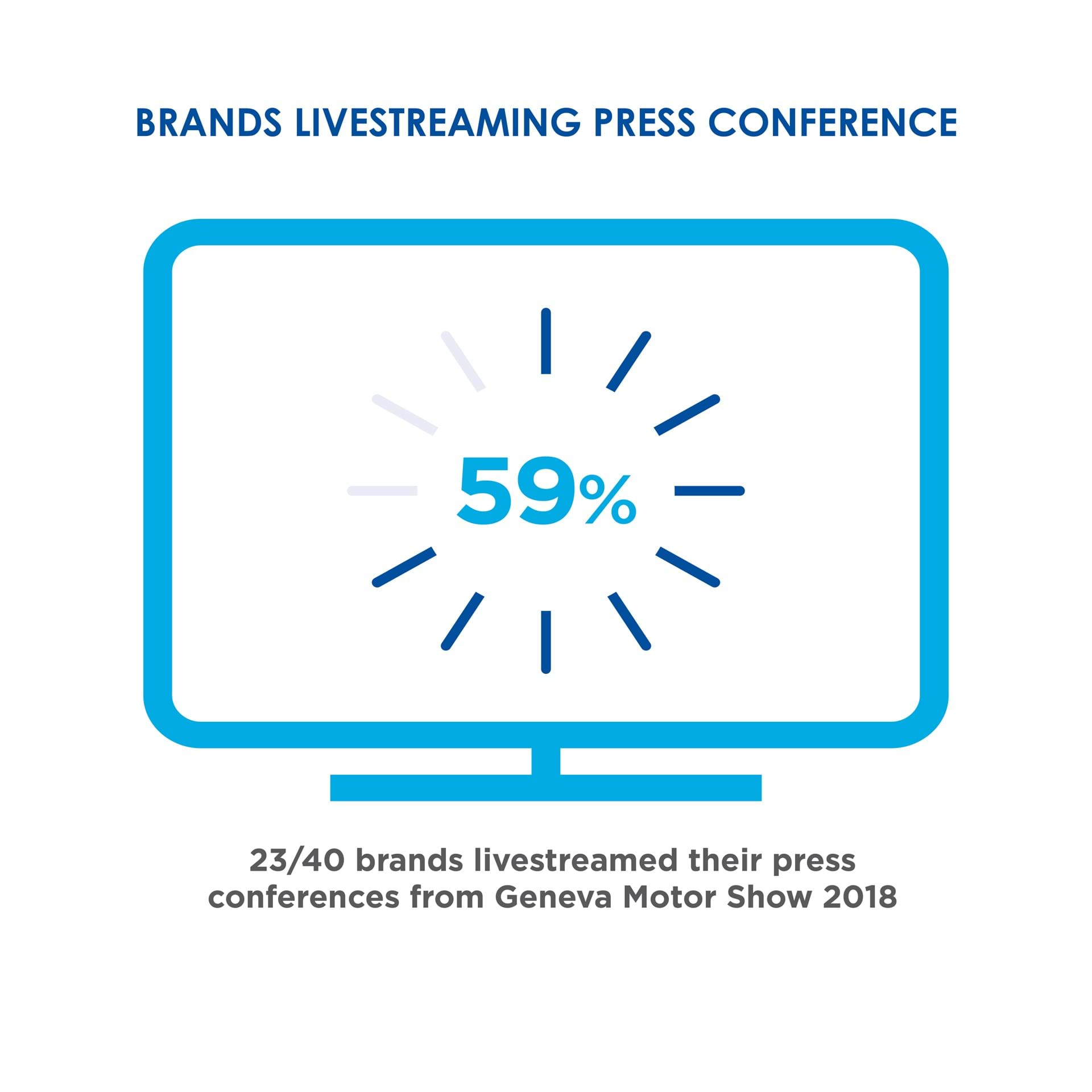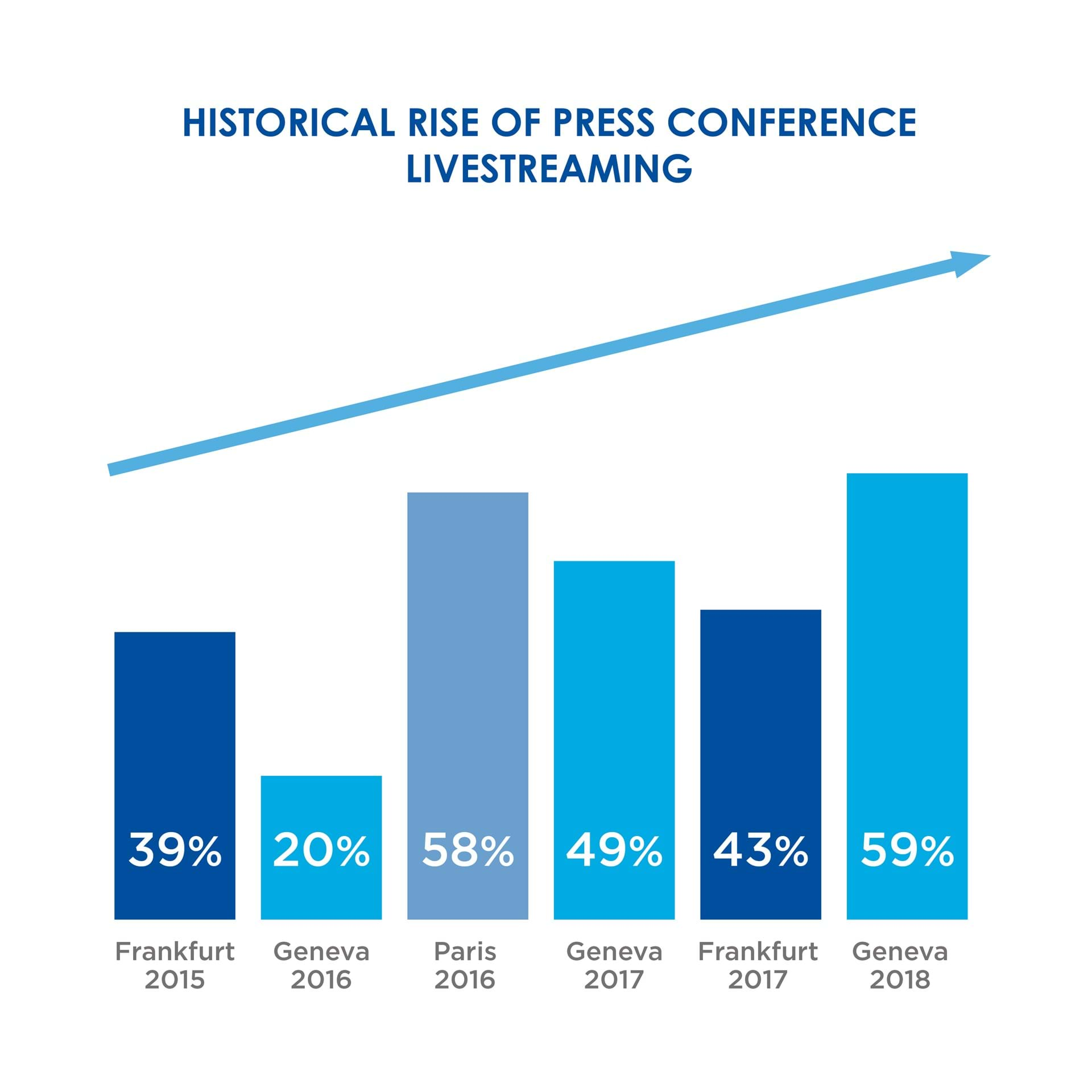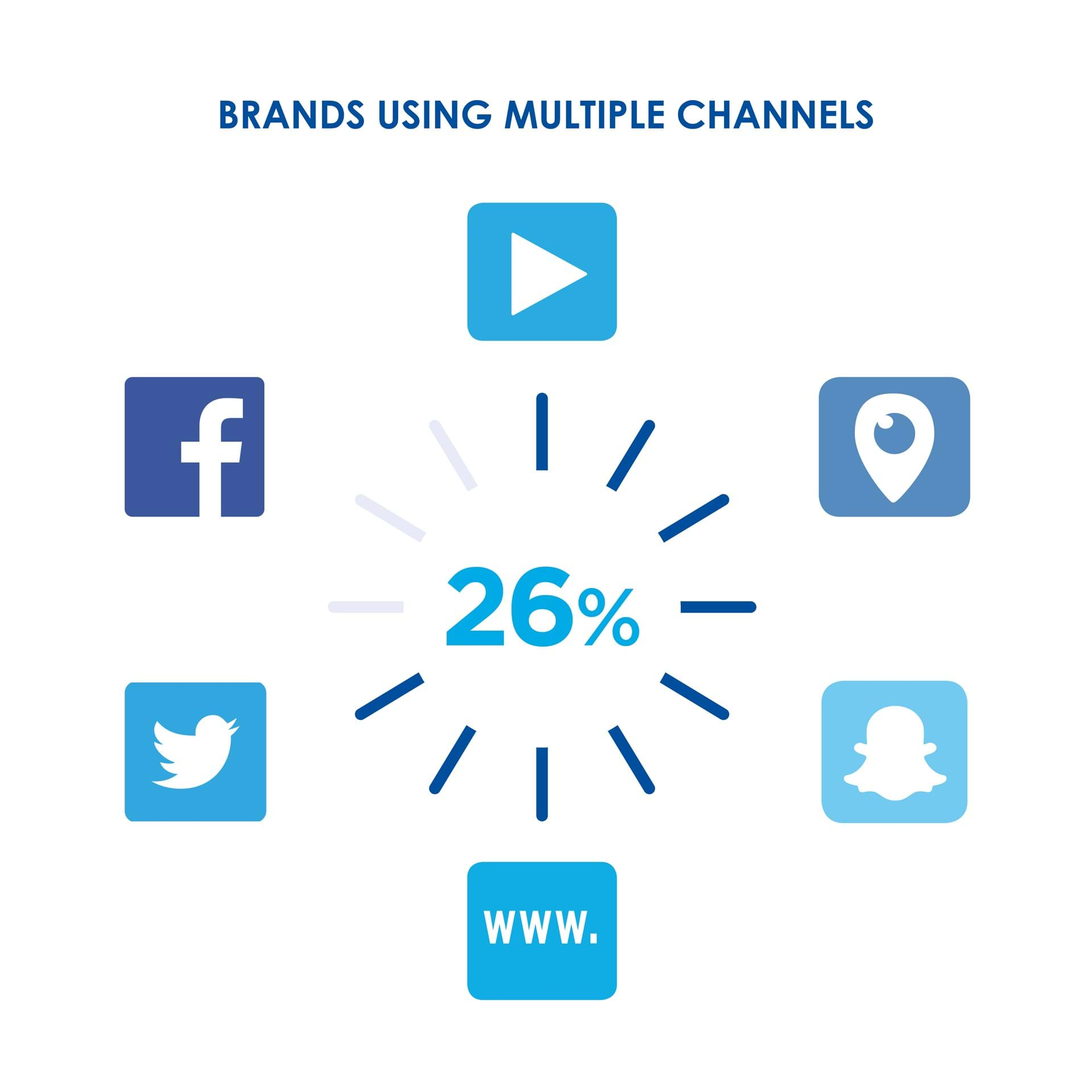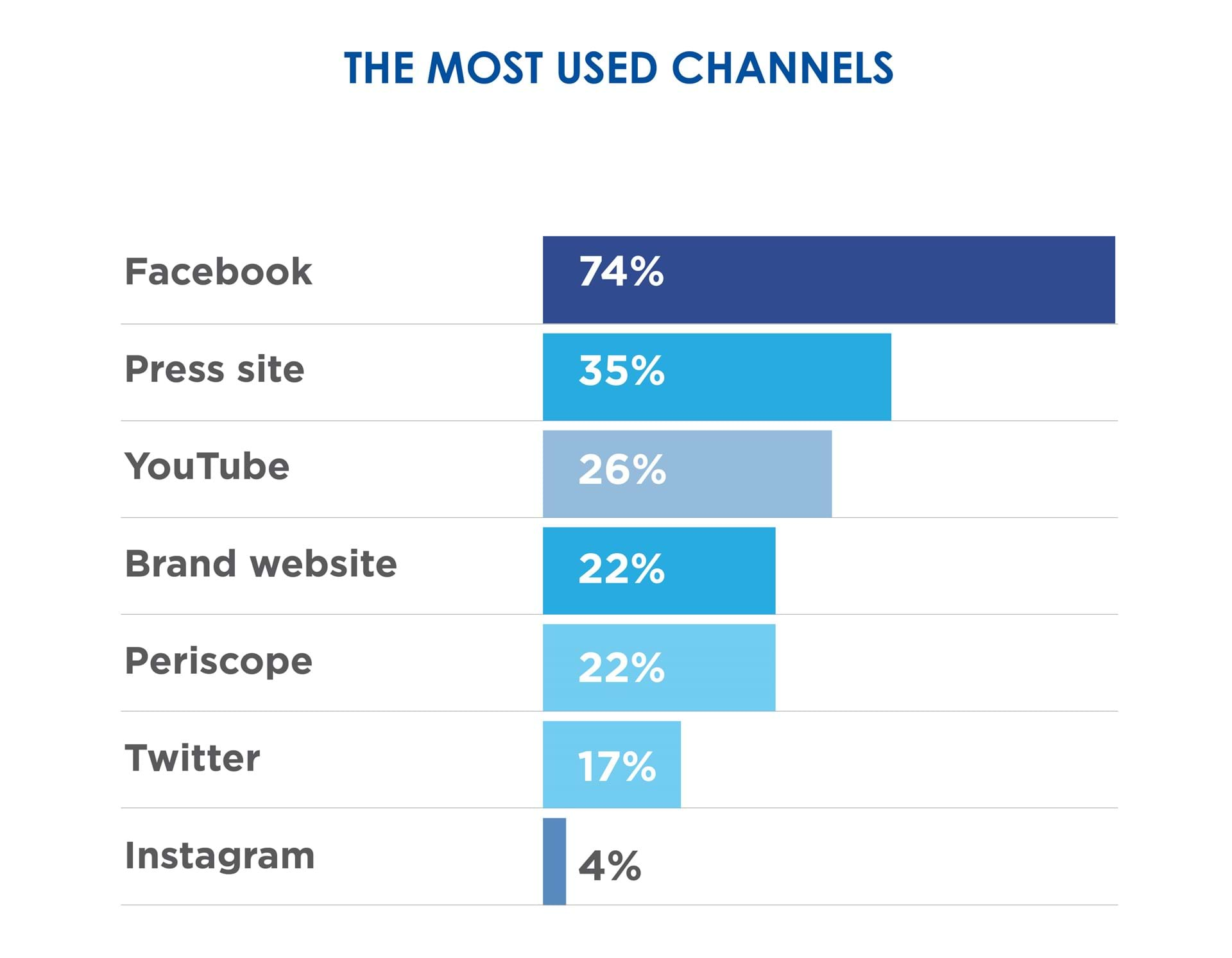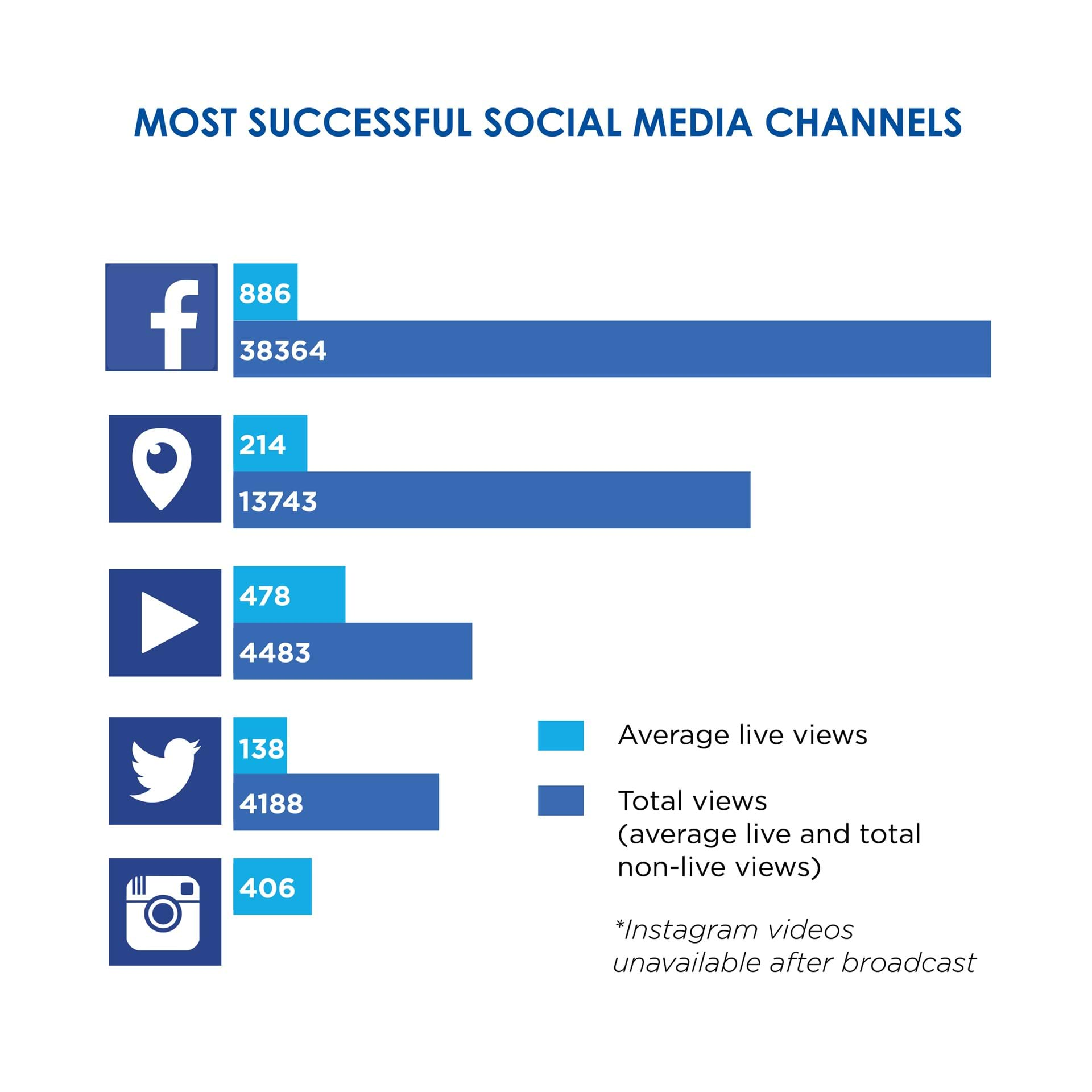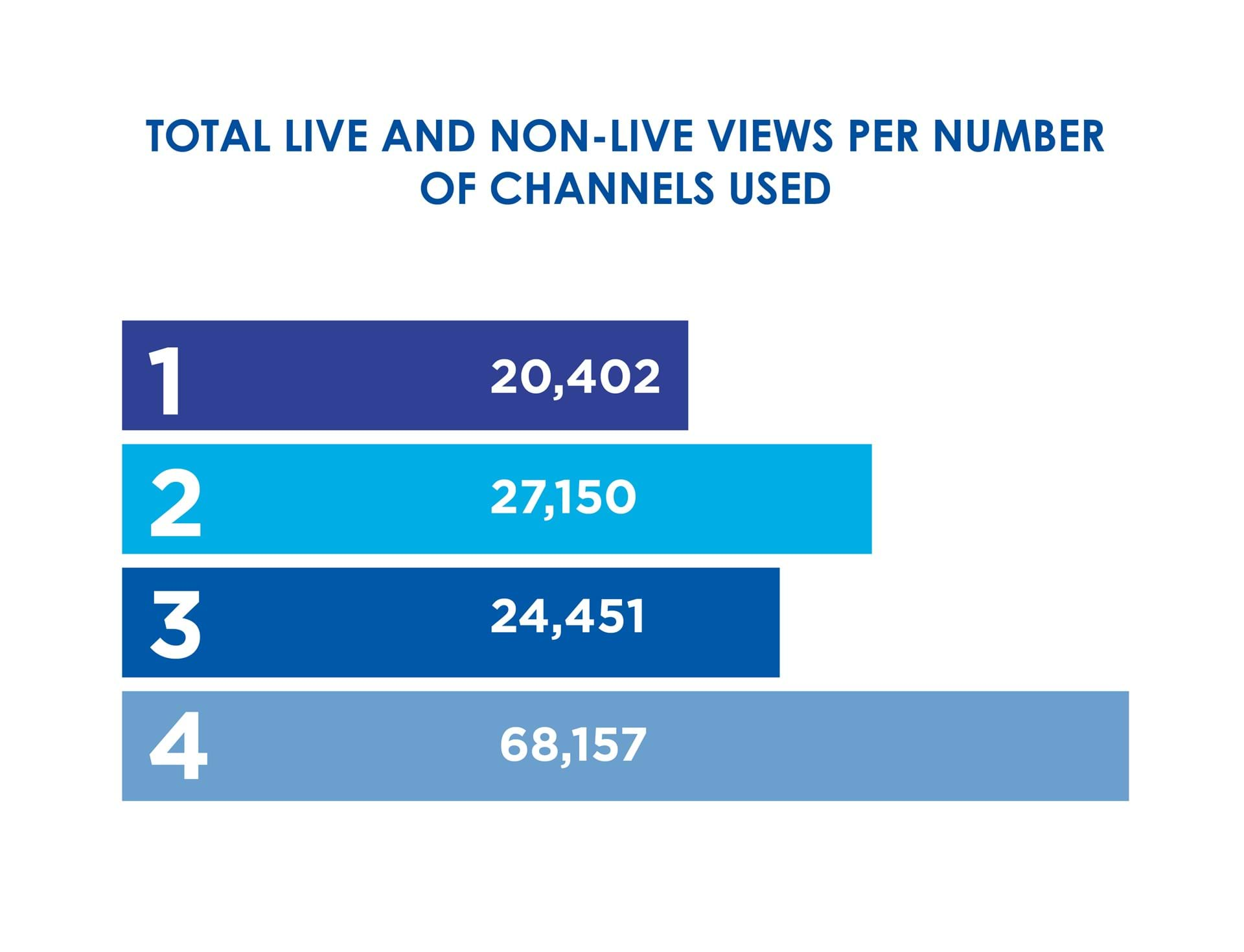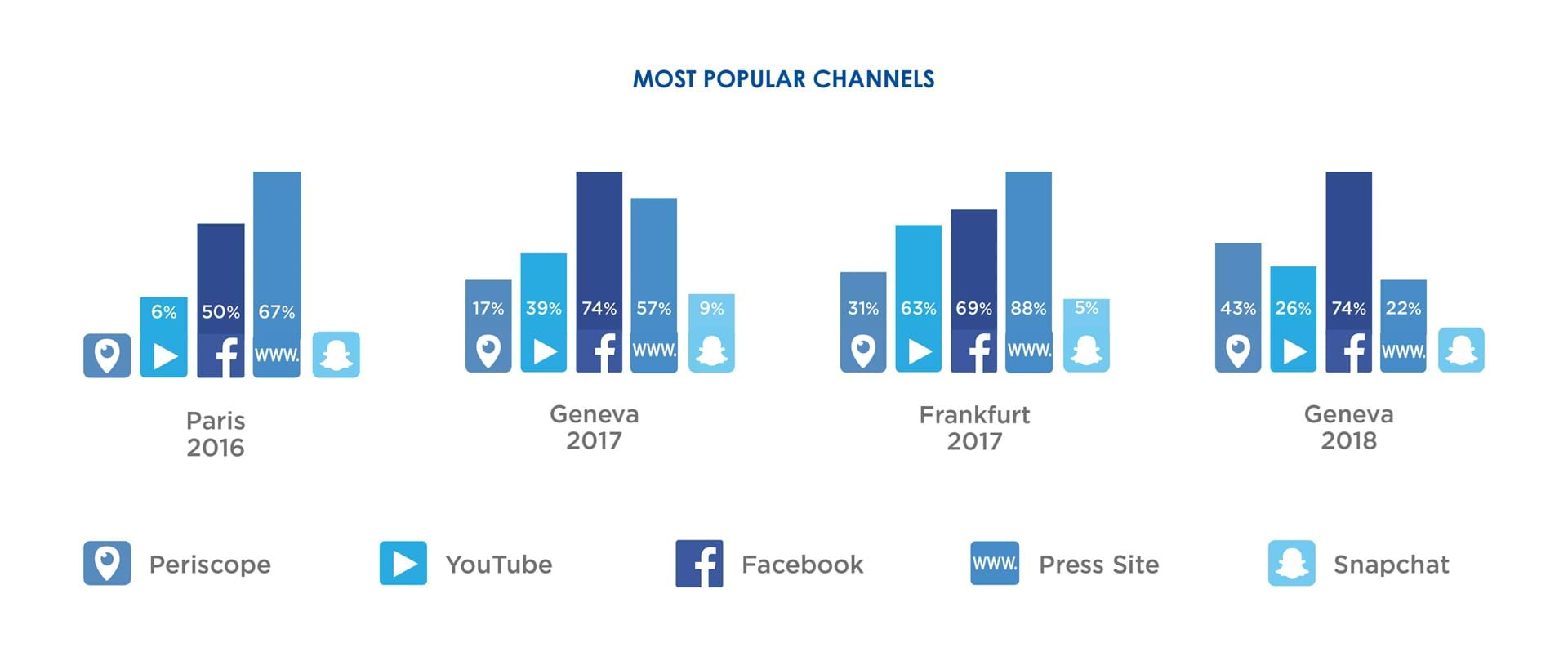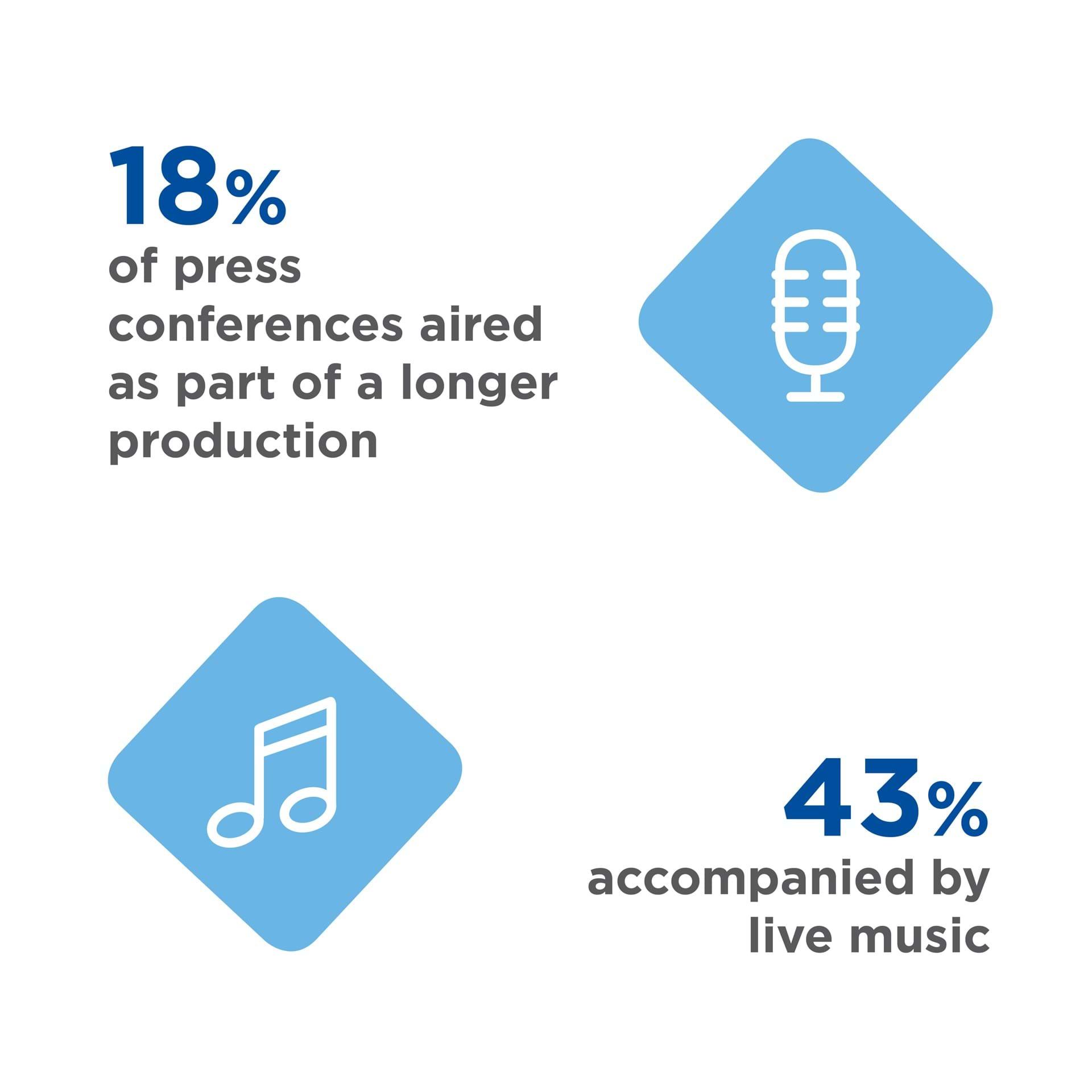Livestreaming – who’s watching anyway?
At PFPR we have been monitoring PR activity at the major European motor shows for more than seven years. In the process, we have identified a number of communications trends and technology growth areas that we now use to shape the communications strategies we develop for our clients.
During this time, we’ve seen livestreaming become an increasingly important component of car manufacturers’ motor show output. Most recently, we have witnessed increasing numbers of brands opting to livestream their press conferences to audiences around the world – with varying degrees of success.

